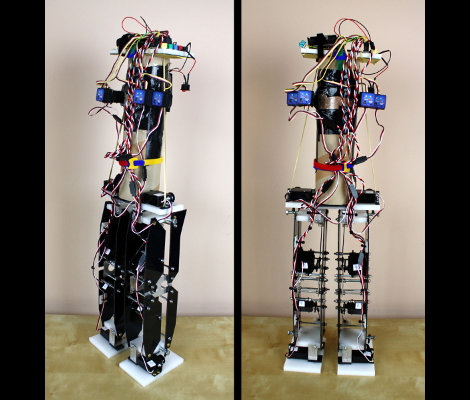
This artificial horizon might as well have come from an alien ship. [Mike] somehow manages to get his hands on most interesting equipment, this time its a very old piece of avionics equipment. The mechanical gyroscope functioned as the artificial horizon, and he’s going to take us inside for a look. He doesn’t spend quite as much time on it as he did that thermal imaging camera, but this electro-mechanical odyssey is just as interesting.
To get the accuracy needed to help keep a plane in the air (well to keep the pilot well-informed anyway) the device needed to be very well manufactured. [Mike] comments several times along the way on how the different rotating parts are so well-balanced and machined that they seem nearly frictionless. It appears that a lot of the positional feedback depends on wirewound resistor rings which connect to a rotating piece via a series of very fine spring wires. As the parts rotate the resistance changes and that’s what gives the feedback. There are also mercury switches to help along the way.
He does his best to explain, but to us the inner workings are still a big mystery. See if you can get a clearer picture from the video after the break.
Continue reading “Cracking Open An Ancient Avionics Gyroscope”
















